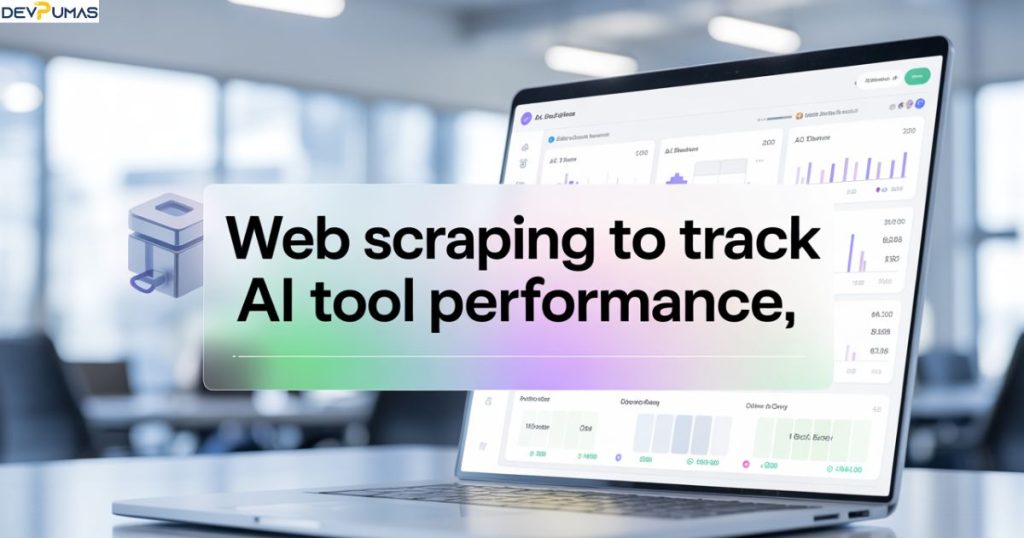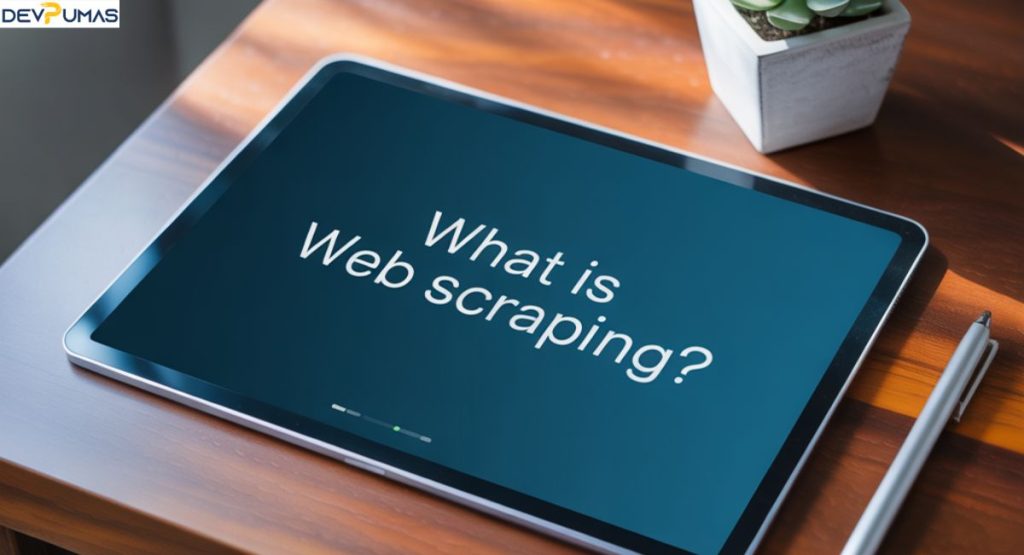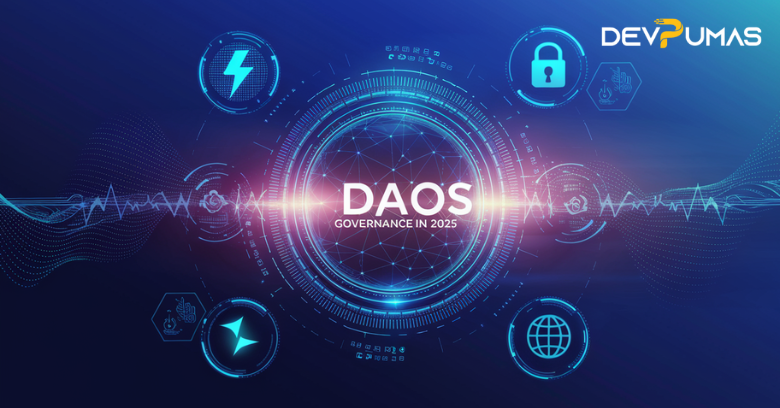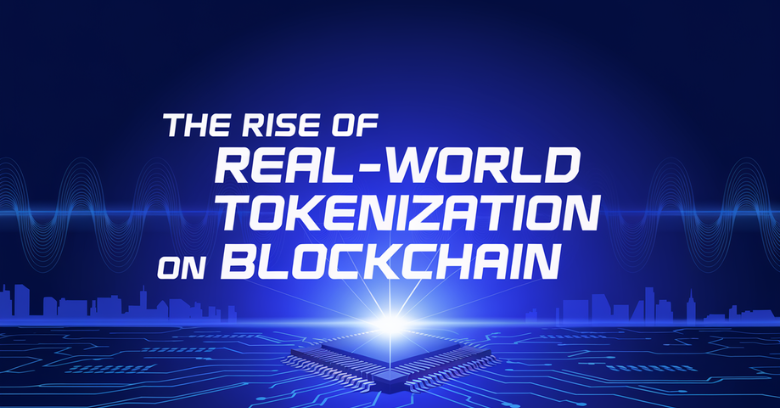How to Use Web Scraping to Track AI Tool Performance Across Platforms
What is Web Scraping to Track AI Tool Performance and Why It Matters In today’s competitive tech world, businesses rely on real-time data analysis to measure success. Web Scraping to Track AI Tool Performance is the process of extracting structured information from multiple platforms to understand how AI tools perform in the market. By collecting reviews, ratings, and usage metrics, companies can see which tools meet user expectations and which fail to deliver. For the UK audience, this practice holds even more importance. With the rise of AI-driven IoT applications and secure mobile connectivity, organisations need accurate data to adapt strategies quickly. It matters because timely insights guide improvements, increase adoption, and help build trust in technology. Without it, companies risk falling behind faster-moving competitors. Key Benefits of Using Web Scraping to Track AI Tool Performance One of the biggest advantages of using IoT mobile app development alongside scraping is the ability to gather authentic user experiences. This improves user experience personalization and ensures developers can create more effective products. Businesses also gain access to metrics like download numbers, engagement rates, and performance scores. Another benefit is the power of data-driven decision making. Companies in the UK often depend on AI-driven IoT applications and IoT data collection and processing to stay ahead. With scraping, they can monitor both competitors and their own performance across platforms like G2 or Trustpilot. These insights allow firms to pivot strategies before problems escalate. Top Platforms Where Web Scraping to Track AI Tool Performance Can Be Applied Most users share opinions and feedback on platforms such as social media networks, review sites, and SaaS marketplaces. By applying Web Scraping to Track AI Tool Performance, organisations can collect valuable insights from Reddit, LinkedIn, and even specialised forums where professionals debate the merits of different AI tools. Other important sources include app stores, technology news websites, and Q&A platforms like Quora. These platforms capture real-time user concerns about IoT-enabled mobile apps, healthcare IoT solutions, and retail IoT personalization. Gathering such insights from multiple locations ensures no critical feedback is missed, leading to a more reliable performance evaluation. Step-by-Step Guide The first step is identifying where performance data is available. UK companies often target consumer IoT market channels, transportation and logistics IoT sites, and forums discussing IoT-powered fitness solutions. After this, developers select suitable frameworks like Scrapy or Selenium. Next, automation scripts extract information, which is cleaned and structured into usable formats. Businesses then use APIs and IoT protocols to integrate the data into dashboards. Once collected, the information is analysed using advanced models that track adoption, accuracy, and reliability. Visualisation tools like Tableau make complex insights easy to interpret. Best Tools for Web Scraping to Track AI Tool Performance Efficiently Python remains the backbone for scraping. Libraries like BeautifulSoup, Scrapy, and Selenium are widely used to gather data from dynamic sites. For teams without coding expertise, SaaS platforms like Octoparse and Apify provide ready-made scraping solutions that simplify IoT data collection and processing. More advanced setups include integrating scraping tools with cloud computing in IoT. This allows UK companies to scale data gathering without infrastructure limits. Combining hybrid app development and cross-platform IoT apps with these tools ensures continuous and efficient performance monitoring across devices and platforms. Common Challenges While scraping is powerful, it’s not without problems. Many websites deploy encryption and authentication measures that restrict access to their data. Navigating these requires smart use of proxies and ethical practices. Other challenges include managing security in IoT apps and avoiding conflicts with regulations like GDPR in the UK. Firms must also handle dynamic sites, complex voice-enabled IoT apps, and NFC and RFID connectivity while ensuring compliance and accuracy. Best Practices for Web Scraping to Track AI Tool Performance To overcome obstacles, businesses should always respect robots.txt and prioritise ethical scraping. Using APIs and IoT protocols where available reduces risks while still capturing valuable insights. Additionally, rotating proxies and validating scraped data prevents inaccuracies. Combining best practices with IoT-based automation and edge computing in IoT creates reliable pipelines that sustain performance tracking in the long term. Future Trends in Web Scraping to Track AI Tool Performance The future promises tighter integration of scraping with AI-driven IoT applications. Advanced models will allow predictive analysis, meaning businesses won’t just track performance but forecast changes. In the UK, IoT future trends like 5G-powered IoT apps, smart farming technologies, and automotive IoT integration will demand faster and more accurate scraping methods. This trend ensures real-time monitoring remains central to innovation and decision-making. How can DevPumas help you? At DevPumas, businesses find more than just a service provider. The team delivers tailored web scraping solutions designed to track AI tool performance across multiple platforms. From creating IoT-powered dashboards to automating scraping pipelines, every solution is built to support UK companies in staying ahead of market changes. With deep expertise in industrial IoT adoption, secure mobile connectivity, and IoT data collection and processing, DevPumas ensures compliance with UK and EU data regulations. By working with experts, businesses unlock consistent insights that drive growth, reduce risks, and improve user trust. FAQs Q1: What is Web Scraping to Track AI Tool Performance? A1: It’s the process of collecting online data to measure how AI tools perform across different platforms in real time. Q2: Why is Web Scraping important for tracking AI tools? A2: It provides insights into usage, efficiency, and trends, helping businesses optimise AI strategies effectively. Q3: Which platforms support Web Scraping to Track AI Tool Performance? A3: It works well on platforms like Google, LinkedIn, Twitter, GitHub, and AI marketplaces. Q4: What challenges come with Web Scraping to Track AI Tool Performance? A4: Key challenges include data accuracy, site restrictions, legal rules, and managing large-scale datasets. Q5: How can businesses use Web Scraping for AI tool improvement? A5: Companies use it to analyse trends, compare competitors, and enhance decision-making with real-time AI insights. Conclusion Web Scraping to Track AI Tool Performance has become an essential part of digital strategy. By gathering structured data,
How to Use Web Scraping to Track AI Tool Performance Across Platforms Read More »





